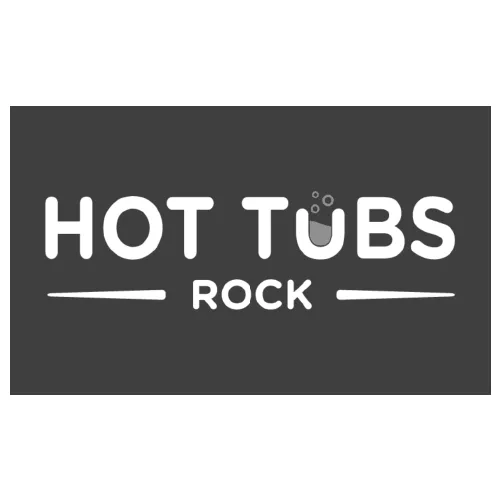
No items found.
The control of Legionella in schools in the UK is mandated by a list of legislation, guidelines and regulations, including ACOP L8 and HSG274, as well as the Health and Safety at Work Act and the Control of Substances Hazardous to Health Regulations (COSHH).
ACOP L8 – this Approved Code of Practice for Legionella covers the requirements of ‘duty holders’ (those responsible for managing a premises and “[…] with health and safety responsibilities for others […]”) to conduct Legionella risk assessments in schools and implement control schemes to manage its growth.
HSG274 – this is a collection of three pieces of technical guidance, describing best practices for the control of Legionella in evaporative cooling systems, in hot and cold water systems and in ‘other risk systems’ such as spas and pools.
The Health and Safety at Work Act, 1974 – because schools are also workplaces, they fall under the Health and Safety at Work Act. This requires school management to ensure their employees are not exposed to Legionella bacteria. The best way to maintain and demonstrate compliance with the act is to follow the guidance in ACOP L8.
COSHH – COSHH requires employers to protect their staff from harmful substances, including Legionella bacteria, through the conducting of risk assessments and implementation of control measures.
It is important that schools are able to demonstrate their compliance to both the Health and Safety Executive (HSE) and Ofsted.
Legionella in schools can develop in a number of locations that should be assessed and monitored:
Hot and cold water systems – it should be possible to draw cold water at below 20˚C within two minutes, and hot water should be distributed at no less than 50˚C.
Storage tanks – cold water must be stored below 20˚C and hot water at above 60°C or 50˚C, depending on the application.
Changing room showers – these must be cleaned and flushed at least quarterly.
Taps and other outlets (including facilities for both teachers and pupils) – similarly, these should be routinely cleaned and, if infrequently used, flushed weekly.
Drinking fountains used by pupils – should also be kept clean and flushed regularly, particularly if not used frequently.
Thermostatic mixing valves (TMVs) – TMVs will need to be routinely disassembled, checked and cleaned.
All these areas should be covered during Legionella risk assessments in schools, with control measures implemented where necessary.
All steps taken to control Legionella in schools should be informed by a thorough risk assessment. This will identify areas of concern and provide guidance on long-term control measures.
For example, at EMS Water, after we conduct a Legionella risk assessment in a school, we can draft a bespoke control plan for the site based on our findings. This can include a range of measures and checks, including:
Temperature checks
Shower descaling
Tank inspections
TMV servicing
Expansion vessel flushing
Calorifier base purging
The exact methods and checks required will depend on your site, which is why a risk assessment is so important.
According to ACOP L8, primary responsibility for the management of water systems at a premises such as an educational institution will fall to the ‘duty holder’, who is the owner or manager of the property.
However, part of the Approved Code of Practice also involves the appointment of a ‘responsible person’ to oversee the day-to-day safety of the water system and ensure Legionella control measures are conducted. This person should be competent and in a position of suitable authority, usually the headteacher.
Controlling Legionella in schools begins with a risk assessment. This includes:
Water system survey: our expert team will identify how water is used and distributed across your site, as well as any storage points.
Assessment of risks: such as temperature concerns, stagnation points and aerosol creation (e.g. showers).

Hazard identification: hazards can include dead legs, infrequently used taps or other outlets or insufficient control measures.
Control measure evaluation: we will review your existing control measures such as any flushing, monitoring or treatment procedures.

Management arrangement assessment: roles such as duty holder and responsible person should be clearly defined.
Schematic diagram: we can put together a visual map of your water system for easy oversight.
Photographic evidence:
photos will be gathered to provide evidence of findings.
Control measure recommendations: our experts will make recommendations for suitable control measures based on their assessments.
Report issuance: you will be provided with a detailed report covering all the findings and recommendations of the risk assessment.
Following the assessment and report, our team can also draft a bespoke control plan for your site to help ensure ongoing Legionella management and your continued legal compliance.
Controlling Legionella in schools in the UK matters year-round, including over the summer holidays. Long periods of disuse can allow Legionella to grow in your school’s water system, where the water is able to sit and stagnate.
It is important to ensure that you uphold your control scheme, including temperature checks and flushing, over the summer holidays, and that records are kept of all actions taken.
If control measures are not upheld over the summer holidays, pupils and staff can be at risk of exposure when they return to school after the break. If your school building is left unused for extended periods of time, EMS Water can clean and disinfect your water system prior to reopening to prevent Legionella hazards.



